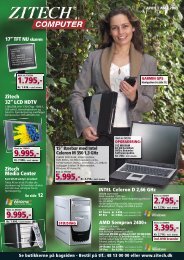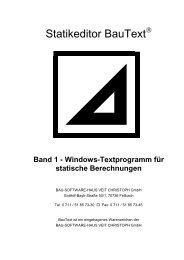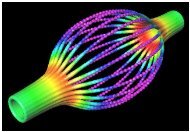Caflisch Script: a one-axis multiple master typeface
Caflisch Script: a one-axis multiple master typeface
Caflisch Script: a one-axis multiple master typeface
You also want an ePaper? Increase the reach of your titles
YUMPU automatically turns print PDFs into web optimized ePapers that Google loves.
<strong>Script</strong> Typefaces<br />
Strictly speaking, a script <strong>typeface</strong> is an imitation of handwriting.<br />
It is a maer of opinion which <strong>typeface</strong>s should<br />
be classified as scripts, especially since all early type designs<br />
come from wrien forms. Today, we typically label a <strong>typeface</strong><br />
as a script if it retains the look of having been wrien<br />
with a pen or other writing implement.<br />
From Gutenberg’s Bible<br />
The first successful script <strong>typeface</strong> was cut and cast in<br />
metal by Johannes Gutenberg. He modeled it on the Gothic<br />
script of the time and used it to print his famous bibles in<br />
the 1450s. As the printed book gained acceptance throughout<br />
Europe, new <strong>typeface</strong>s were created. The most successful<br />
early designs were based on the humanistic book hands<br />
of the Italian Renaissance (figures 5 and 7).<br />
In 17th-century France, three commonly used hand -<br />
writing styles were reproduced as printing types: Ronde,<br />
a rounded upright form; and bâtarde coulée and bâtarde<br />
ordinaire, both italic forms (figure 9).<br />
The double pica script of Thomas Corell (1774) emu -<br />
lated the copperplate scripts of the time and subsequently<br />
became the prototype for similar styles of types (figure 12).<br />
Type designers such as Fournier, Fleischman, Rosart,<br />
Didot, and Bodoni transformed distinguished versions of<br />
pointed -quill scripts into the vernacular of their times<br />
by rendering them as printing type.<br />
In the 19th and 20th centuries, numerous formal and<br />
freestyle script <strong>typeface</strong>s were designed. In addition to<br />
traditional broad-edged and pointed-quill script types,<br />
brush scripts and, more recently, scripts inspired by the<br />
felt-tipped marker, pencil, ruling pen, and even the spray<br />
paint can can now be seen.



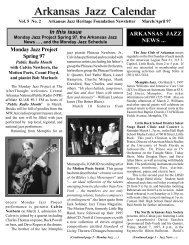
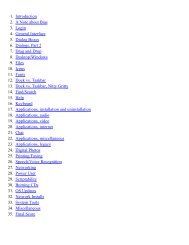
![JavaScript API [callas Intranet] - Adobe Acrobat Engineering](https://img.yumpu.com/12380587/1/184x260/javascript-api-callas-intranet-adobe-acrobat-engineering.jpg?quality=85)
